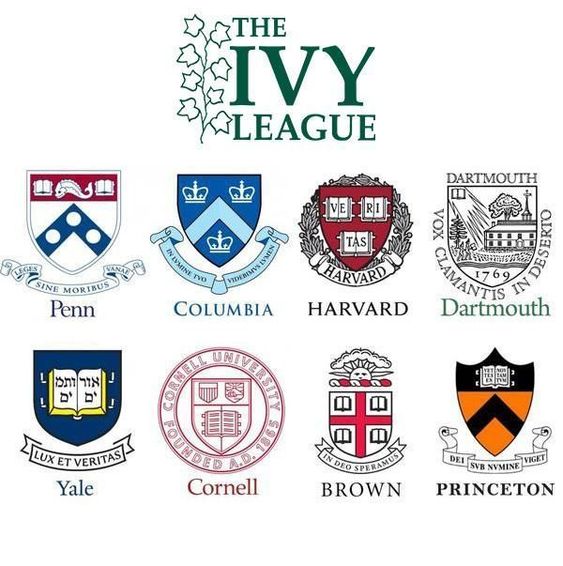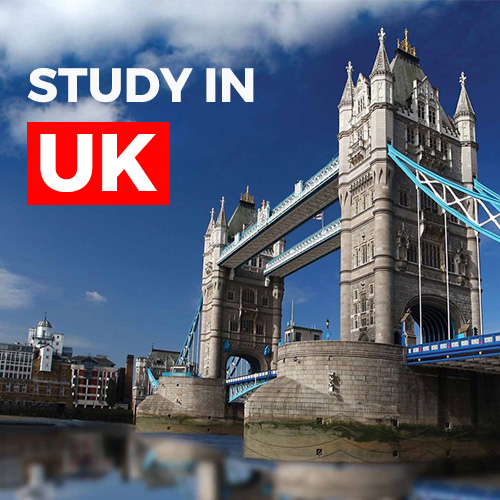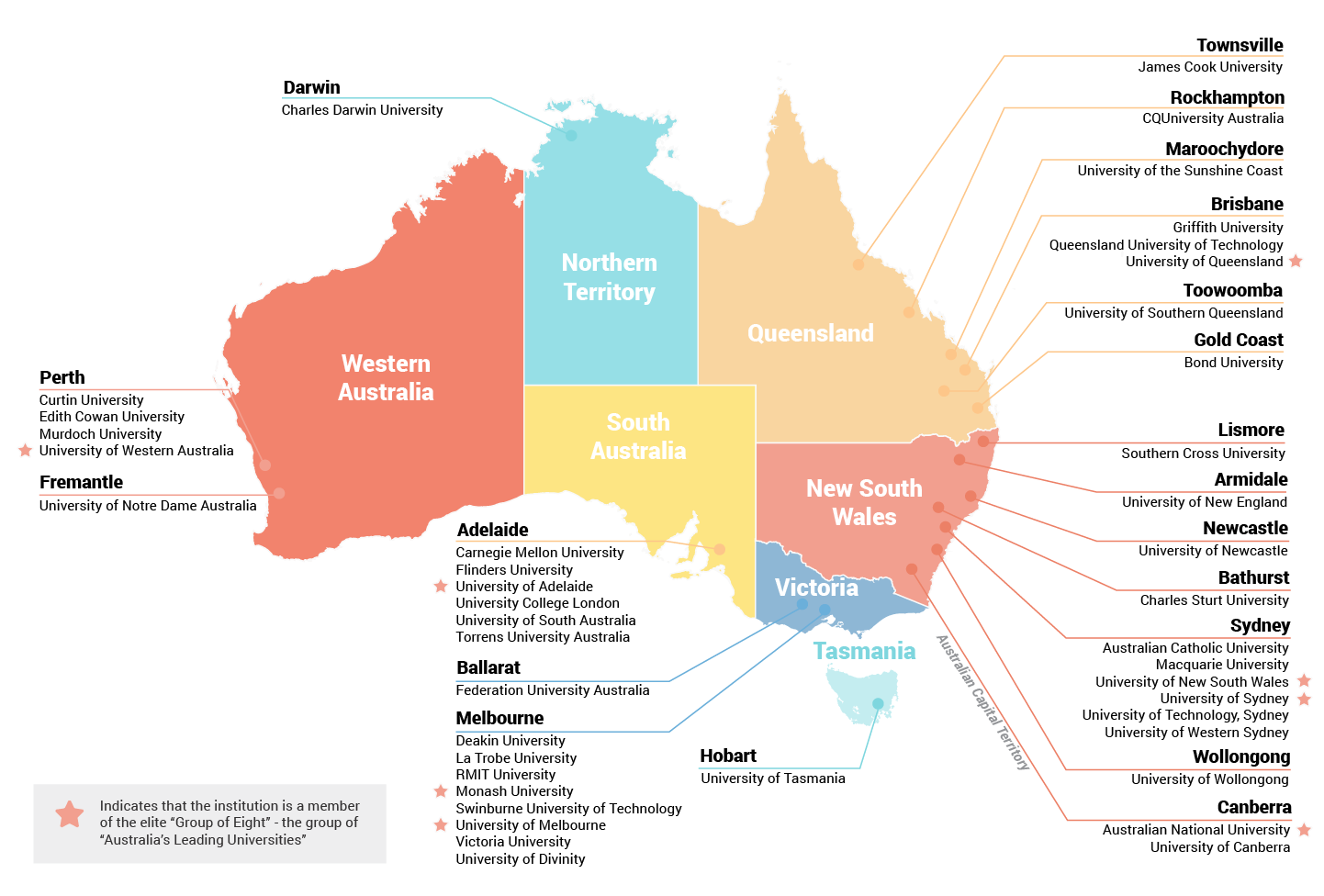


Study in USA
The USA, with 16 institutions, dominates the world’s top 20 universities list. 52 US universities are ranked amongst the top 100 universities worldwide 77 American universities are ranked amongst the best 200 universities in the world American Universities welcome international students who have met their selection criteria. American Universities are definitely melting pots of diverse cultures, with the spectrum spread over more than 60 countries. At present there are almost 10,00,000 international students studying in different universities in U.S. American degrees are highly regarded world over and give a cutting edge advantage to an individual while applying for a job.
USA has the world's most flexible education system, students can study their area of interest as specialization. As the education system of USA is not centralized each institute can determine its program and admission standards. Lateral movement in the education system is possible any time. Some U.S. colleges and universities stress broad educational principles; others emphasize practical, employment-related skills; and still others specialize in the arts, social sciences or technical fields. American colleges and universities offer three basic programs: Associate, Bachelors and Masters Once you enrolled in the campus, there will be "The International Student Orientation Program," coordinated by the Admissions Office or the Office of International Programs. Information on many topics like immigration, academic advisors, computer and library resources, telephone services, public safety, medical services, banking and transportation options will be provided through this program.
Post-study work visa is one of the most important factors for students going to pursue higher studies in the USA. F1 Visa, M1 Visa, and J1 Visa are three types of student visas that allow students to stay in the US for a limited time period after completing their studies. As an F1 student visa holder, international students can complete up to a year of temporary employment directly related to their major field of study. F1 visa holders can apply for Optional Practical Training (OPT) after completing their studies. Optional Practical Training (OPT) is a one-year work and stay-back permit given to international students on completion of a degree program in the US. There are two types of OPT – one which can be used during one’s studies i.e. PreCompletion OPT, and another which starts after completing one’s studies i.e. Post-Completion OPT. The job you get after finishing your course must be directly related to your field of study. You have to find the job within 90 days after graduation. Duration to stay back – You get to stay in the US for one year after completion of your course on an F1 visa. Extension – For students studying STEM courses (Science, Technology, Engineering, and Mathematics) a new rule allows a 24-month extension. This means you can continue to stay in the US for three years after finishing your course of study. How to get OPT permit The first thing is to have the Designated School Official (DSO) at your university recommend your case for OPT. A DSO is someone who assists and manages the status of international students. To be put forward, you will need to complete a certification process at your university. This includes submitting OPT I-20 request form to International Services Office. You can download this form from your university’s website.

Dream Big. Prepare Hard. Succeed Sweet.

Study in UK
Wherever in the world you end up, if you have a degree from a UK university it will be recognized by employers, universities, and governments. As UK universities are associated with quality education, earning a degree from one of the UK's many highly-regarded universities will aid your career progression. UK universities consistently rank highest in global university ranking as many have world-leading reputations for teaching and research. World-renowned experts in all different fields frequently visit UK universities to give talks and lectures. In fact, many of world’s best academics teach at UK universities, meaning that it is not rare to be taught by the academic who actually wrote the textbook from which you are studying! International students from over 200 countries study in UK universities. 17% of all students and over 25% of academics and professors are from outside the UK. This means that the UK is used to accepting people from abroad, and that people from abroad feel comfortable living and studying in the UK.

Study in Australia

Australia’s system of education is of the highest standard and enjoys international renown. Australia is widely recognized as a world leader in the field of international education and English language training. Currently, you can go for your abroad studies in a range of Universities, Colleges or VET Providers that meets the academic and IELTS requirements and which suits your financial criteria. You can choose from a range of programs in Certificate Level, Diploma level, Advanced Diploma and University Degree Programs.

The annual tuition fee varies from AU$ 16000 to AU$ 40000 (i.e. Rs 8 lakhs to Rs. 20 lakhs) depending on the university or college. Approximate annual living expenses of a Nepalese student would be in the range of AU$ 15000 to AU$ 20290. The average international student in Australia spends about $320 per week on housing, food, clothing, entertainment, transport, international and domestic travel, telephone and incidental costs. In Australia accommodation will not be a problem for international students. There are several options like university flats or halls of residence, private accommodation or home-stays or farm-stays. Most of the students opt for university accommodation since it makes the university life much livelier. It makes you mingle with other students on a long term. Generally, there are three types of housing available to students.


Study in Canada
Canada is consistently ranked as one of the best places to live in the world, declared consistently by the UN. Canada has one of the lowest fees structure: Canada's tuition fees are among the lowest, averaging about CAD $13,000 to 15,000 per annum. Education is managed by the Government: Almost 80% of colleges and Universities in Canada are Government / Public Funded to give quality education. High HDI – Value for life: Canada's Human Development Index is Ranked 8th among 182 countries Immigrants’ haven: It’s aiming for between 240,000 and 265,000 new permanent residents in 2015. The Student Partners Program (SPP): is a visa category that gives post study, work permits of up to 3 years to students. After studying for 2 years, they can file for Permanent Residency. Easy PR policies: High Chances of getting a Permanent Residency Visa through various provincial / federal immigration programs after you finish study. Provincial PR: Almost all provinces offer immigration options to students. A high chance to become a Permanent Resident of Canada Internationally recognized degrees: Canada boasts a wide range of quality educational institutions for both, degrees and diplomas, in technical as well as professional disciplines. A safe, stable country: Canada is a peaceful, politically stable and safe country. Its laws protect the rights of citizens and the country is relatively unaffected by natural disasters. Excellent health care: Compared to other countries, medical insurance is inexpensive in Canada, yet the services that Canadian hospitals provide are among some of the most advanced and easily accessible in the world. A multicultural country: Canada is home to a large number of indigenous people, called First Nations. Over the past century and a half, Canada has welcomed around 15 million immigrants and boasts a national policy that works to ensure that people's customs and traditions are preserved and respected.



Study in New Zealand
New Zealand’s education is based on the British system and, hence, is recognized worldwide. New Zealand’s government directly controls and finances the country’s 20 polytechnics and eight universities. This ensures compliance with state standards.New Zealand has a high professional standards, a supportive learning environment, and a focus on student welfare. The New Zealand Code of Practice for the Pastoral Care of International Students sets out the minimum standards for the care and support of international students during their studies in New Zealand.

StudyinEurope
Europe is, by convention, one of the world's seven continents. Comprising the western most peninsula of Eurasia, Europe is generally 'divided' from Asia by the watershed divides of the Ural and Caucasus Mountains, the Ural River, the Caspian and Black Seas, and the water ways connecting the Black and AegeanSeas. Europe is bordered by the Arctic Ocean to the north, the Atlantic Ocean to the west, the Mediterranean Sea to the south, and the Black Sea and connected waterways to the southeast.
Yet the borders of Europe—a concept dating back to classical antiquity—are somewhat arbitrary, as the primarily physiographic term "continent" can incorporate cultural and political elements.
Europe is also the world's second-smallest continent by surface area, covering about 10,180,000 square kilometres (3,930,000 sq mi) or 2% of the Earth's surface and about 6.8% of its land area. Of Europe's approximately 50 states, Russia is by far the largest by both area and population, taking up 40% of the continent (although the country has territory in both Europe and Asia), while the Vatican City is the smallest. Europe is the third-most populous continent after Asia and Africa, with a population of 733 million or about 11% of the world's population.
Europe, in particular Ancient Greece, is the birthplace of Western culture.[4] It played a predominant role in global affairs from the 15th century onwards, especially after the beginning of colonialism. Between the 16th and 20th centuries, European nations controlled at various times the Americas, most of Africa, Oceania, and large portions of Asia. Both World Wars were largely focused upon Europe, greatly contributing to a decline in Western Europeandominance in world affairs by the mid-20th century as the United States and Soviet Union took prominence.[5] During the Cold War, Europe was divided along the Iron Curtain between NATO in the west and the Warsaw Pact in the east. European integration led to the formation of the Council of Europeand the European Union in Western Europe, both of which have been expanding eastward since the fall of the Soviet Union in 1991.

